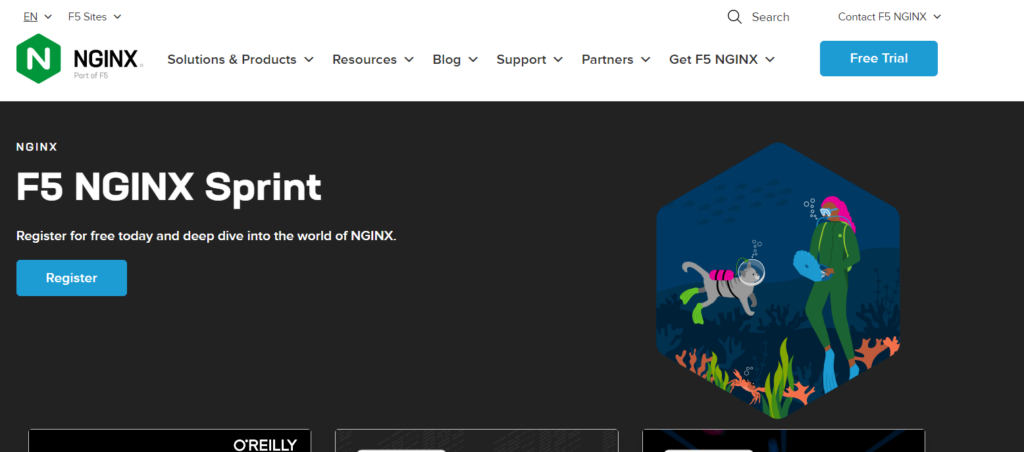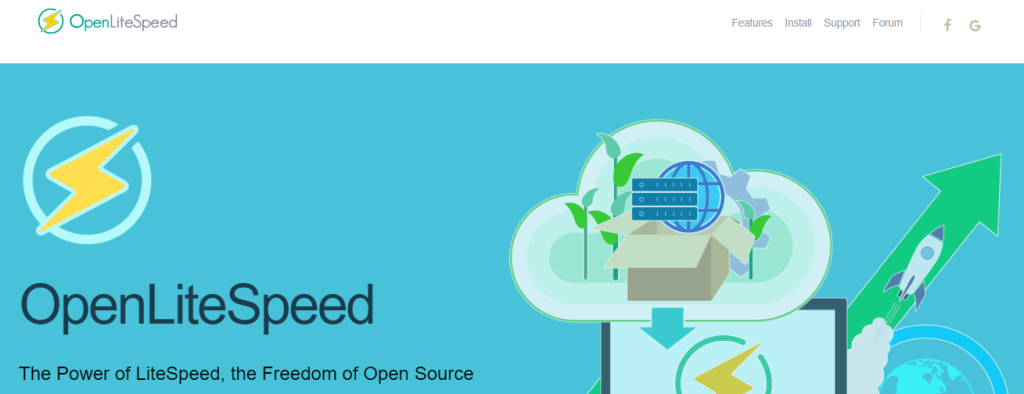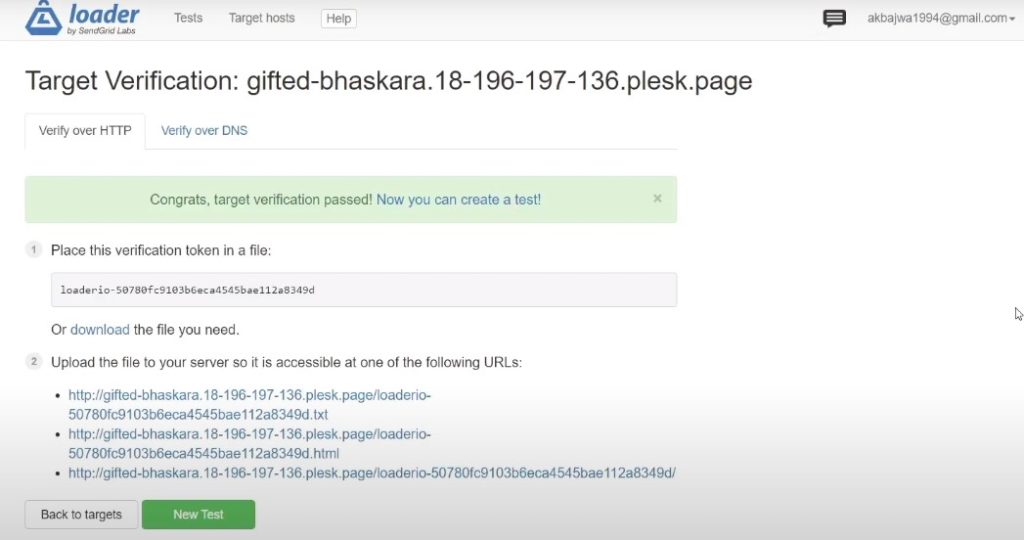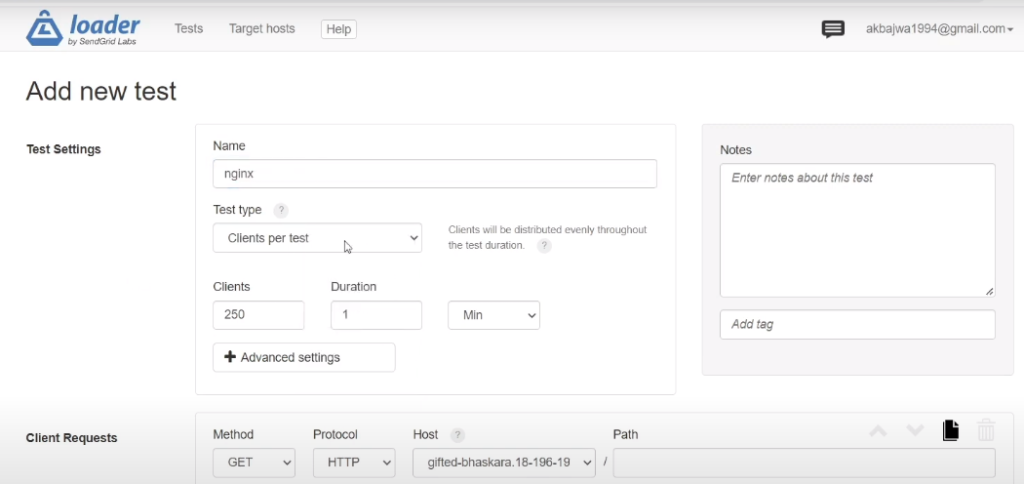OpenLiteSpeed vs Nginx: When delving into a comprehensive analysis of NGINX and OpenLiteSpeed, it becomes evident that these two highly acclaimed web servers hold prominent positions globally. Both NGINX and OpenLiteSpeed are renowned for their exceptional speed and robust security attributes, garnering widespread admiration from developers around the world.
Their reputation for superior performance and stringent security protocols has led to their widespread adoption, establishing them as favorites within the development community. The impressive efficiency with which they handle web traffic and their unwavering focus on safeguarding online assets have significantly contributed to their widespread recognition.
This article deeply explores the fundamental differences between NGINX and OpenLiteSpeed, offering insights into their features, performance, and security capabilities. By the end of this exploration, you will be well-equipped with the necessary insights to make an informed decision when choosing between NGINX and OpenLiteSpeed.
What is NGINX?
NGINX stands out as a renowned example of open-source web server software. Its primary objective revolves around delivering exceptional stability and high-performance capabilities. This is achieved through its innovative event-driven and non-threaded design, optimizing CPU processing for every fulfilled request. By employing this approach, NGINX effectively minimizes client wait times, contributing to an enhanced user experience.

Nginx functions as both an HTTP server and a reverse proxy server. Its versatile capabilities extend to hosting and caching applications as well as web pages on various server setups. The rising popularity of Nginx is evidenced by its adoption within prominent enterprises such as Dropbox and Netflix.
Noteworthy is Nginx’s incorporation of specialized modules tailored for caching (FastCGI) and proficiently managing PHP (PHP-FPM). Its exceptional prowess in efficiently delivering static files further contributes to its well-earned reputation in the realm of web server technology.
Get exclusive access to all things tech-savvy, and be the first to receive
the latest updates directly in your inbox.
Core Features of Nginx
Common traits exhibited by Nginx encompass:
- IPv6 compatibility
- Efficient management of static files, index files, and auto-indexing
- Load balancing capabilities
- Caching-enabled reverse proxy
- Support for FastCGI along with caching
- WebSockets functionality
- TLS/SSL implementation featuring Server Name Indication (SNI) support
What is OpenLiteSpeed?
OpenLiteSpeed emerges as a revolutionary force, ushering in a new era of performance, efficiency, and innovation. Born from the renowned LiteSpeed Technologies, OpenLiteSpeed is a dynamic open-source solution that has captured the attention of developers, administrators, and businesses alike, offering an array of features that redefine the standards of web hosting.

At its core, OpenLiteSpeed showcases a commitment to speed and efficiency. Its event-driven architecture allows it to efficiently handle a multitude of concurrent connections, minimizing resource utilization while maximizing responsiveness. This translates into rapid loading times, seamless user experiences, and an overall boost to website performance.
Core Features of OpenLiteSpeed
Key attributes of OpenLiteSpeed encompass:
- High Performance
- Event-Driven
- Caching Support
- HTTP/3 Protocol
- Cache Plugin
- Robust Security
- Virtual Hosting
- Efficient PHP
- WebSocket Handling
- ModSecurity Integration
- Easy Configuration
- Scripting Compatibility
- IPv6 Support
- Active Community
- Open Source
Difference between OpenLiteSpeed and Nginx
Here’s a comparison between OpenLiteSpeed and Nginx.
OpenLiteSpeed vs Nginx Comparison Table:
| Aspect | OpenLiteSpeed | Nginx |
|---|---|---|
| Type | Web server with LiteSpeed Technologies’ features | Web server and reverse proxy |
| Performance | Efficient event-driven architecture | High-performance, event-driven architecture |
| Caching | Native server-level caching capabilities | Caching support with third-party modules |
| HTTP/3 Support | Yes | Yes |
| Compatibility | Fully compatible with Apache configurations | Independent of Apache configurations |
| Load Balancing | Yes | Yes |
| WebSockets Support | Yes | Yes |
| Scripting Languages | PHP, Ruby, Python, Perl, Java, etc. | PHP, Python, Perl, Ruby, and more |
| Server APIs | LiteSpeed SAPI, CGI, FCGI, Proxy, AJPv13 | CGI, FCGI, uwsgi, SCGI, and more |
| Community Support | Smaller community but growing | Large and established user community |
| Commercial Version | LiteSpeed Web Server (Enterprise) | N/A |
| Ease of Use | User-friendly configuration and control panel | Configurations might require more expertise |
| Security | Strong emphasis on security | Strong security features and practices |
| Popularity | Gaining popularity, especially in recent years | Widely used and well-established |
Advantages and Disadvantages of OpenLiteSpeed
Below are the advantages and disadvantages of OpenLiteSpeed.
| Advantages | Disadvantages |
|---|---|
| Offers high performance and efficiency, particularly when handling static content. | Module support is more limited in comparison to certain other web servers. |
| Demonstrates excellent scalability, thanks to its innovative event-driven architecture. | Doesn’t provide support for .htaccess files, which are commonly used in Apache for configuring specific directories. |
| Boasts user-friendly configuration and management, suitable for individuals new to server administration. | Smaller community support than some other web servers, potentially impacting access to help and troubleshooting resources. |
| Comes with built-in LSAPI support, enhancing compatibility with PHP, Ruby, Python, and Node.js applications. | Potential compatibility issues when migrating from other servers. |
Advantages and Disadvantages of Nginx
Listed below are the pros and cons of Nginx.
| Advantages | Disadvantages |
|---|---|
| Exceptional performance and efficiency, particularly in handling concurrent connections and serving static content. | Can have a steeper learning curve for beginners due to its complex configuration syntax. |
| Highly scalable and capable of handling heavy traffic loads efficiently. | No built-in support for handling dynamic content using scripting languages like PHP (requires third-party modules). |
| Efficient resource utilization, making it suitable for resource-constrained environments. | Configuration might require more expertise, especially for advanced setups. |
| Robust security features, including rate limiting, access control, and SSL/TLS support. | Limited built-in monitoring and management tools compared to some other solutions. |
OpenLiteSpeed vs. Nginx vs. Apache
Selecting the right web server is a critical decision for anyone managing websites or web applications. Three popular choices are OpenLiteSpeed, Nginx, and Apache. Each has its own strengths and capabilities, making them suitable for different use cases. Let’s compare these web servers across various dimensions to help you make an informed choice.
| Aspect | LiteSpeed | Nginx | Apache |
|---|---|---|---|
| Performance | Known for remarkable speed; efficient with concurrent connections | Renowned for performance, especially with static content | Reliable, but may require configuration for optimal performance |
| Ease of Configuration | Intuitive web-based control panel; user-friendly | Requires familiarity with config files; offers flexibility | Text-based config files allow precision; may be less user-friendly for beginners |
| Compatibility | Offers compatibility with Apache configurations, easing the transition for those migrating from Apache. | Known for its compatibility with a wide range of web applications and content management systems. | Apache’s long history has resulted in extensive compatibility with various platforms, applications, and modules. |
| Security | Includes security features like mod_security support and DDoS protection, enhancing overall security. | Nginx’s security features, including request filtering and rate limiting, help protect against web vulnerabilities. | Offers robust security options, including authentication modules and SSL/TLS support. |
| Resource Usage | Efficient resource usage makes it suitable for servers with limited resources. | Lightweight design minimizes resource consumption, making it ideal for high-performance environments. | May consume more resources than LiteSpeed and Nginx, particularly under heavy loads. |
The choice between LiteSpeed, Nginx, and Apache depends on your specific requirements. LiteSpeed excels in performance and ease of use, making it a strong contender for high-traffic websites. Nginx is a versatile choice, especially as a reverse proxy server. Apache, with its compatibility and extensive community, remains a reliable option. Assess your project’s needs, resources, and your own familiarity with these web servers to make the best choice for your web hosting environment.
Performance Comparison Between OpenLiteSpeed and Nginx
We will conduct an analysis to compare the average response times of two websites. These websites are identical in every aspect except for their respective web server software. One of the websites utilizes the Nginx web server, while the other employs the OpenLiteSpeed web server.

Our objective is to assess and contrast the performance of these two web servers in terms of their impact on website responsiveness. By measuring and comparing the average response times of the Nginx and OpenLiteSpeed-based sites, we aim to gain insights into how these web server technologies affect user experience and site performance.
Is OpenLiteSpeed faster than Nginx?
Both OpenLiteSpeed and Nginx are capable of delivering high performance, and the choice between them may not solely depend on speed but also on factors like ease of configuration, compatibility with your existing setup, and the specific requirements of your web applications. Below we have conducted performance testing and optimization on a specific server and application to determine which web server performs better for our use case.
Benchmarking the Speed of NGINX and OpenLiteSpeed
Here are a few key observations and considerations regarding our testing:
- We launched several budget-friendly € 3 Hetzner Servers, each equipped with 1 core and 1GB of RAM. Among them, one was configured with NGINX, while another utilized LiteSpeed (OLS) as the web server.
- On the NGINX server, set up a fresh WordPress site and installed only the Cache Enabler plugin.
- On the OpenLiteSpeed (OLS) server, similarly establish a new WordPress site and install exclusively the LiteSpeed Cache plugin.
Following these setups, we proceeded with the testing phase.
NGINX:
First, deploy your NGINX server site and verify it at Loader.io.

Therefore, let’s designate this as “NGINX,” and our testing parameters will involve 250 clients, a test duration lasting one minute, and utilizing the HTTPS protocol. Then click Run Test.

Note: Both of these servers are deployed in the same location and possess identical specifications. Essentially, every aspect of the two sites is uniform to ensure the utmost fairness in obtaining results.

After the test completion, we can now review the results, and the average response time stands at 604 milliseconds, with a minimum response time of 485 milliseconds and a maximum response time of 1362 milliseconds. This figure represents the average response time for the Nginx web server.
LiteSpeed:
Now, let’s conduct a test on OpenLiteSpeed. I’ve already confirmed my domain setup and this particular domain is currently hosted using OpenLiteSpeed and managed through CyberPanel.

Let’s label this one as well. We will have 250 clients for a duration of one minute, and the protocol employed will be HTTPS.

With these settings in place, we can proceed to run the test.

We observe that OpenLiteSpeed achieves an average response time of 279 milliseconds, with a minimum of 183 milliseconds and a maximum of 577 milliseconds. These results signify an excellent response time.
Result
In light of these findings, it can be conclusively stated that OpenLiteSpeed outperforms Nginx significantly in this particular aspect. The observed difference in response times between the two web servers underscores the superior efficiency of OpenLiteSpeed. This performance advantage translates into quicker and more responsive web services, making LiteSpeed a preferable choice for those seeking enhanced website performance and user experience compared to Nginx.
FAQs
What distinguishes OpenLiteSpeed from other web servers, and what are its core features?
OpenLiteSpeed is an open-source web server developed by LiteSpeed Technologies. It prioritizes speed and efficiency with its event-driven architecture, resulting in rapid loading times and excellent website performance. Core features include caching support, HTTP/3 protocol, robust security, virtual hosting, efficient PHP handling, WebSocket support, and more.
How does the performance of OpenLiteSpeed compare to NGINX in a real-world test?
In a real-world test, OpenLiteSpeed outperformed NGINX in terms of response times. OpenLiteSpeed achieved an average response time of 279 milliseconds, while NGINX had an average response time of 604 milliseconds. This performance advantage indicates that OpenLiteSpeed offers quicker and more responsive web services for enhanced user experiences.
What were the testing parameters and conditions in the performance comparison test between OpenLiteSpeed and NGINX?
The testing involved two websites hosted on servers with identical specifications. One website used NGINX, and the other used LiteSpeed as the web server. Both servers had 250 clients, a test duration of one minute, and used the HTTPS protocol for testing.
What are the key differences between OpenLiteSpeed and NGINX?
Type: OpenLiteSpeed is a web server with LiteSpeed Technologies’ features, while NGINX is a web server and reverse proxy.
Performance: Both have efficient event-driven architectures, but OpenLiteSpeed offers high-performance caching capabilities.
HTTP/3 Support: Both support HTTP/3.
Load Balancing: Both support load balancing and WebSockets.
Scripting Languages: OpenLiteSpeed supports PHP, Ruby, Python, Perl, Java, etc., while NGINX supports PHP, Python, Perl, Ruby, and more.
Server APIs: OpenLiteSpeed uses LiteSpeed SAPI, CGI, FCGI, Proxy, AJPv13, while NGINX supports CGI, FCGI, uwsgi, SCGI, and more.
Conclusion
In conclusion, the comparison between NGINX and OpenLiteSpeed reveals two exceptional web servers, each with its own set of strengths and advantages. NGINX impresses with its widespread adoption, versatile capabilities, and robust security features, making it a reliable choice for many. On the other hand, OpenLiteSpeed shines with its outstanding performance, efficiency, and innovative features, setting new standards in web hosting.
The real-world performance test showcased OpenLiteSpeed’s superior responsiveness, making it a preferred option for those prioritizing speed and user experience. Ultimately, the choice between NGINX and OpenLiteSpeed depends on your specific requirements and preferences, but both stand as formidable contenders in the world of web server technology, empowering developers and businesses to deliver exceptional online experiences.
Related Content
Exploring Top 25 DirectAdmin Alternative for Efficient Server Management and Hosting



